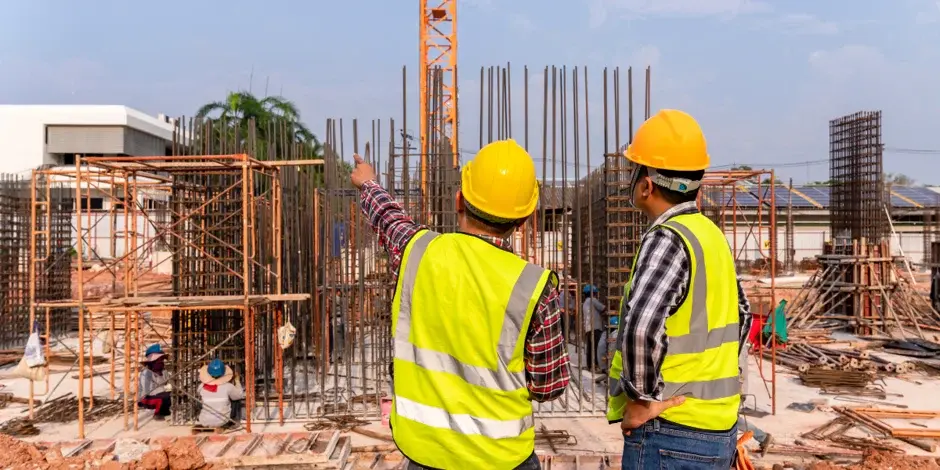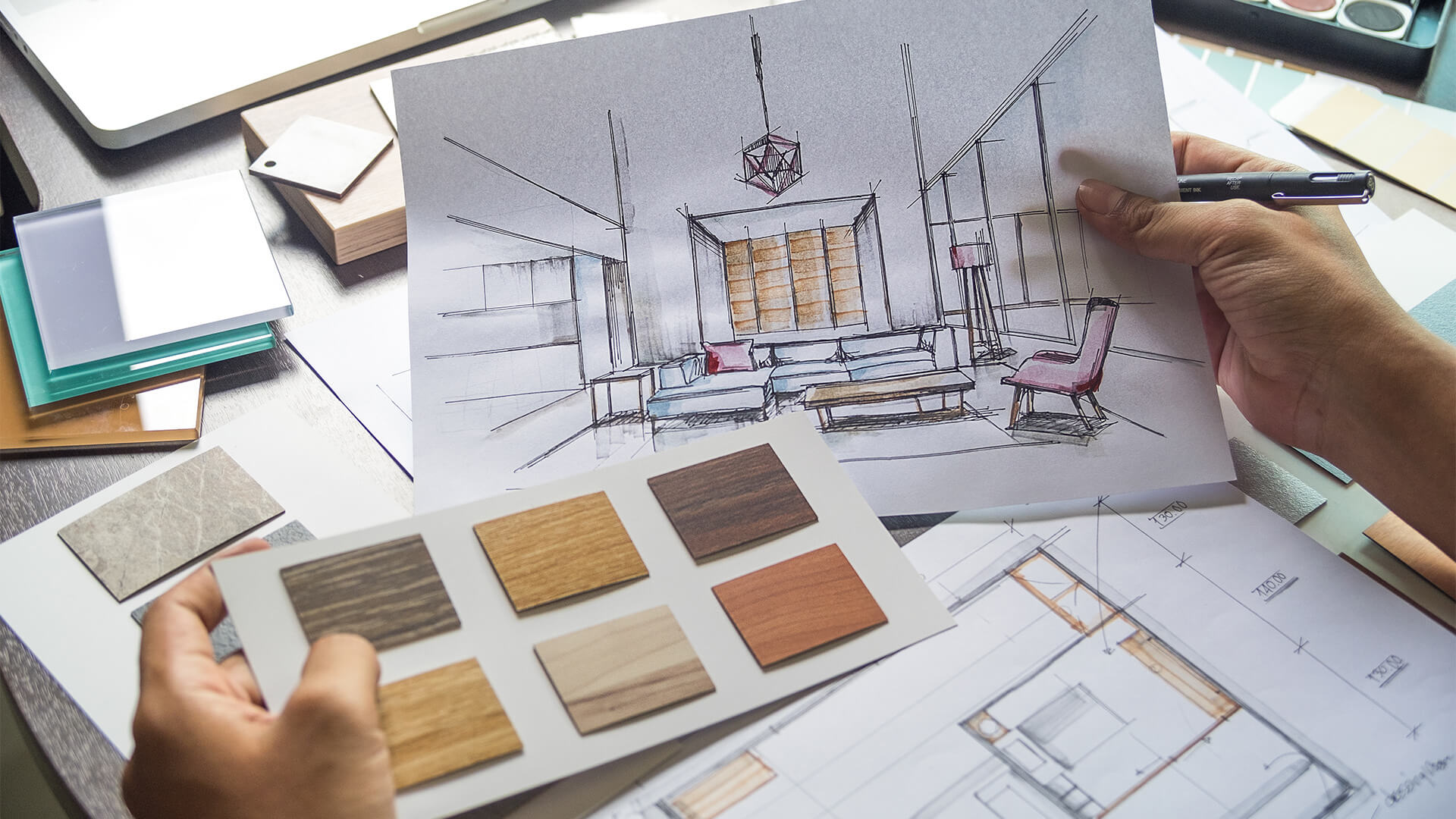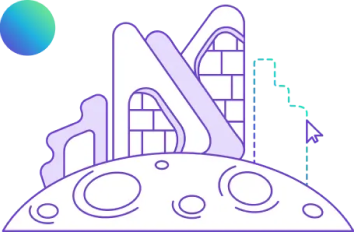Top 10 Facade Engineer Interview Questions With Sample Answer

Table of Contents
The demand for skilled facade engineers continues to grow as sustainable and high-performance buildings dominate modern construction. According to recent research, the U.S. facade systems market is projected to surpass USD 55 billion by 2030, driven by the need for energy-efficient and visually distinctive structures. This increase in demand makes mastering facade engineer interview questions and answers important for professionals aspiring to excel in this evolving field.
A facade engineer's interview usually evaluates both technical understanding and creative problem-solving. Candidates must demonstrate familiarity with performance criteria, material systems, and software workflows that support design and fabrication.
What Does a Facade Engineer Do?
A facade engineer bridges architecture, structural engineering, and environmental design. Their main role is to ensure that a building’s outer envelope not only meets aesthetic expectations but also performs efficiently under varying climatic and structural conditions.
Key responsibilities include:
- Designing curtain walls, cladding systems, and external shading devices
- Coordinating with architects and structural teams to ensure constructability
- Ensuring compliance with energy efficiency, fire safety, and sustainability codes
- Conducting performance analysis for air, water, and thermal resistance
So in short if you want to understand what does a facade engineer do? They balance creativity and engineering precision to create building envelopes that are functional, sustainable, and visually engaging. The role often involves using advanced modeling software, data-driven design tools, and simulations to test how facades behave under real-world conditions.
10 Facade Engineer Interview Questions With Sample Answer
Below are ten common facade engineer interview questions and answers that assess both technical knowledge and design thinking.
1. What is facade design and its main objective?
This question evaluates your understanding of the core principles and purpose behind facade engineering.
Sample Answer: What is facade design? It’s the integrated process of designing a building envelope that controls environmental factors such as light, heat, and air infiltration while achieving the architect’s visual intent. The objective is to ensure the facade delivers durability, safety, and energy efficiency while complementing the building’s aesthetic.
2. What are the educational requirements for facade design roles?
Employers often look for multidisciplinary knowledge across architecture and engineering.
Sample Answer: The educational requirements for facade design roles typically include a bachelor’s degree in architecture, structural engineering, or building science. Some professionals enhance their credentials with postgraduate studies or certifications to stay competitive.
3. Which software skills for facade design are essential in modern practice?
Technical proficiency is one of the most valued competencies in facade engineering.
Sample Answer: My software skills for facade design include Revit for BIM documentation, Rhino and Grasshopper for modeling complex geometries, and environmental plugins for daylight and performance analysis. I also use Dynamo for Revit to automate repetitive documentation and data extraction tasks, improving project accuracy and efficiency.
4. What are the criteria for facade design that you prioritize in every project?
This question examines your understanding of how performance metrics influence design decisions.
Sample Answer: I focus on structural integrity, weatherproofing, thermal insulation, acoustic performance, sustainability, and visual appeal. Balancing these ensures the facade performs optimally across functional and aesthetic dimensions.
5. Describe a challenging facade project you’ve worked on. How did you approach it?
Interviewers use this question to assess how you handle complex problems under pressure.
Sample Answer: In one project, high wind loads on a coastal tower required redesigning the curtain wall supports. I collaborated closely with the structural engineer to refine mullion sections, used finite element analysis to validate the design, and adjusted anchor systems for better load distribution.
6. How do you ensure compliance with codes and sustainability goals?
This question checks your familiarity with design regulations and environmental standards.
Sample Answer: I always align designs with ASHRAE, IECC, and local structural regulations. Sustainability goals are achieved by optimizing daylight, selecting recyclable materials, and integrating passive cooling strategies. Regular third-party testing and mock-up reviews help maintain compliance and quality.
7. How do you coordinate facade and structural systems effectively?
Interviewers often ask this to gauge your collaboration and coordination abilities across disciplines.
Sample Answer: Coordination begins early through integrated BIM workflows. Maintaining open communication with architects and structural engineers allows early identification of interface issues. I hold weekly model coordination sessions to resolve slab edge, anchor, and joint details efficiently.
8. How do you use computational tools in your design process?
This question evaluates your ability to leverage digital tools for optimization and efficiency.
Sample Answer: Parametric tools like Grasshopper and Dynamo for Revit help me evaluate multiple facade configurations quickly. These tools also connect with environmental simulators, allowing me to test energy and daylight performance before detailing. This process ensures both design flexibility and data-backed decision-making.
9. How do you balance aesthetic vision with performance in facade engineering?
A strong response here demonstrates your ability to reconcile creativity with engineering precision.
Sample Answer: I begin by understanding the design intent, then assess materials and assembly options using environmental analysis tools. If a design underperforms, I propose subtle modifications that maintain the aesthetic while improving energy and moisture resistance.
10. Where do you see the future of facade design heading?
This question reveals your awareness of trends and innovation within the industry.
Sample Answer: The future of facade design lies in responsive systems, adaptive facades, integrated photovoltaics, and smart shading solutions. The industry is shifting toward digital fabrication and automation, enabling precision-built, performance-optimized envelopes.
5 Expert Tips To Ace Your Interview
A successful interview goes beyond technical answers; it showcases your design thinking, communication, and problem-solving approach.
- Showcase a strong portfolio: Highlight facade projects demonstrating both creative vision and technical rigor. Include thermal modeling, structural detailing, and envelope optimization studies.
- Master your software stack: Strengthen your software skills for facade design through continuous learning. Tools like Revit, Rhino, and Dynamo for Revit are highly valued in computational workflows.
- Understand interdisciplinary coordination: Employers appreciate candidates who can explain how they collaborate with MEP, structural, and sustainability teams.
- Stay updated with emerging technologies: Trends such as dynamic facades, modular construction, and AI-driven optimization are transforming the industry. Innovations in computational design continue to reshape how architects and engineers develop data-driven envelope systems.
- Quantify your achievements: Use measurable data in your responses, like how a facade redesign reduced energy use by 15% or improved daylight penetration by 25%.
Applying computational workflows through digital design in architecture has helped professionals achieve greater accuracy and sustainability in modern facade projects.
Conclusion
Excelling in a facade interview requires technical mastery, design sensitivity, and the ability to communicate engineering logic effectively. Reviewing the top facade engineer interview questions and answers and practicing scenario-based responses can help you demonstrate depth and adaptability.
For professionals aiming to upgrade their digital design expertise and strengthen their career prospects, the Master Computational Design course by Novatr offers hands-on exposure to automation, 3D modeling, and advanced facade workflows.
Visit our resource page to learn more about the program and receive expert guidance on advancing your career.

 Thanks for connecting!
Thanks for connecting!
.jpg)

.png)




.jpeg)
-1.png)
